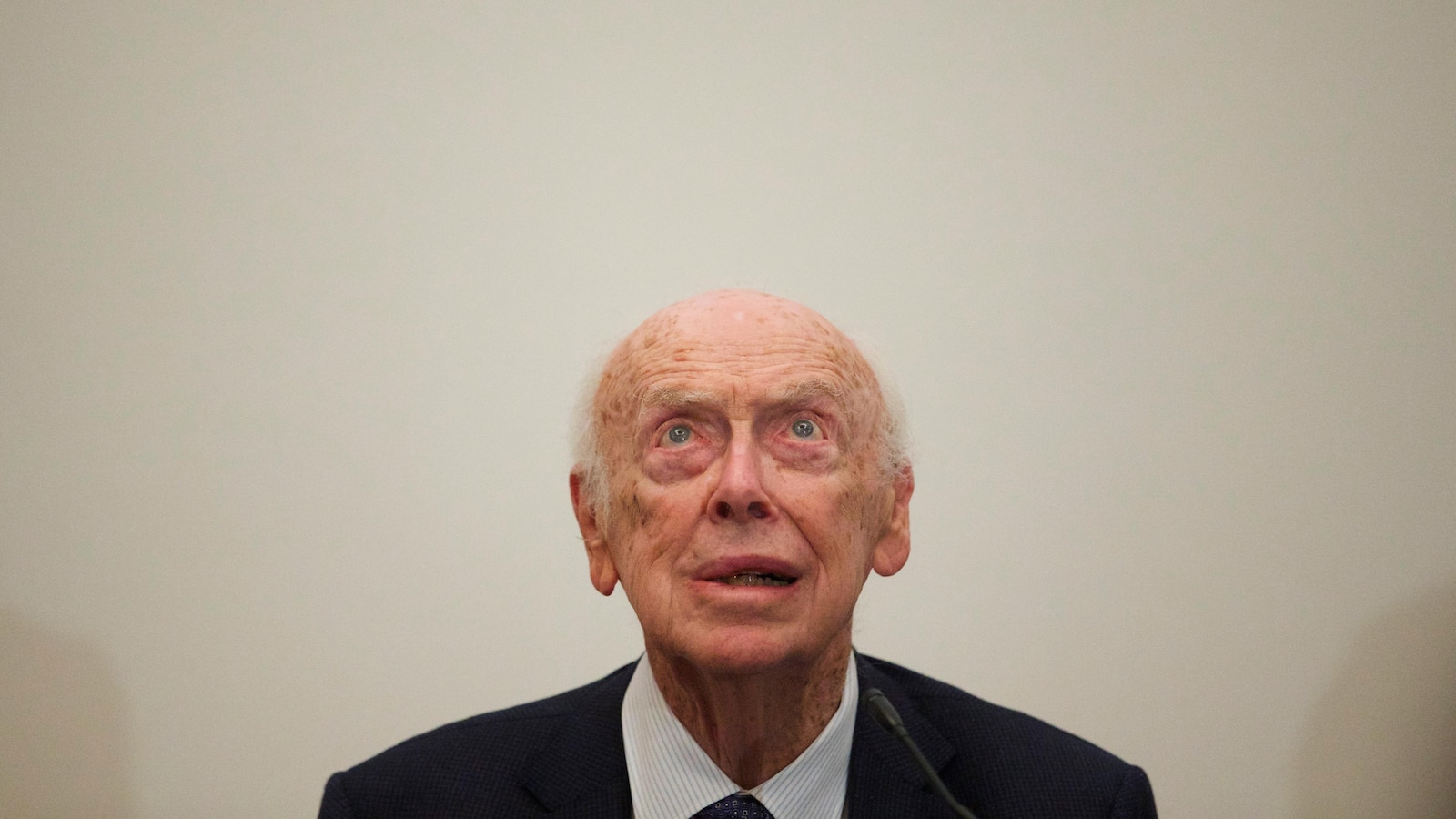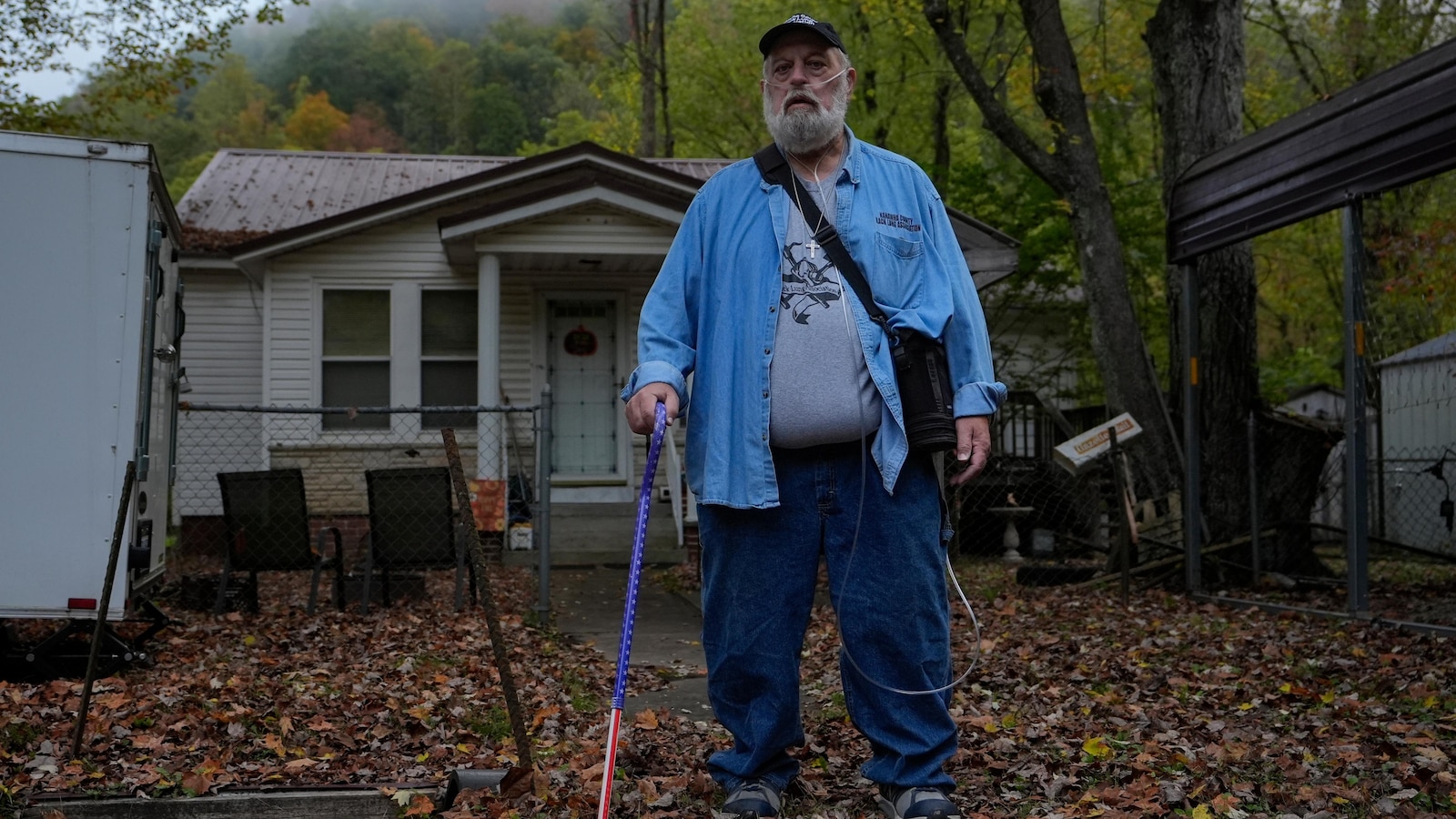Directors Maïlys Vallade and Liane-Cho Han discuss their tender, poignant and beautifully animated film about the healing power of human connection, told through a story about a young Belgian girl born and raised in Japan, whose self-centered life is abruptly changed by death and grief; from GKIDS, in theaters November 7.
As a mother to more than one young daughter, Maïlys Vallade is all too familiar with a child’s point of view, and when the opportunity presented itself, she was excited to adapt Amélie Nothomb’s novel, “The Character of the Rain,” into an animated feature film about life from a little girl’s perspective.
But, she and her co-director Liane-Cho Han knew some changes were needed, specifically to the end of the film.“In the book, Nothomb says that things were better when she was a child and that growing up was a rather negative experience,” shares Vallade.
“But, for us, growing up is another level of life that is so great.Growing up should be a positive message.At the start of the film, Amélie thinks she’s the center of the universe, but she’s also isolated because of that.
As she discovers death and grief and other things that are difficult to manage, she also learns new ways to connect with people.Life may not be this ideal thing she’s imagined, but it’s ok and is full of surprises.” Screened at SCAD Savannah Film Festival (SAVFF) last week and opening in theaters Friday, November 7,tells a tender, poignant, and visually stunning story about the healing power of human connection.In the film, Amélie is a young Belgian girl born and raised in Japan.
Believing she’s a god trapped in a limited body but inhabiting an unlimited world centered around herself, Amélie soon comes face to face with reality on her third birthday.After the death of her grandmother and almost drowning twice, Amélie not only discovers that she and her loved ones are not immortal, but she learns from conversations surrounding these events that there are conflicts outside of her control and understanding. At only three, Amélie is wiser than most as she learns the complexities of life – that the same country that gave Amélie glorious white chocolate could also take her grandmother away, and that the Japanese woman who despises Amélie’s heritage values life enough to save the child from a terrible fate. Produced by Nidia Santiago and Edwina Liard for Ikki Films, and Claire La Combe and Henri Magalon for Maybe Movies, and distributed by GKIDS, marks the directorial debut for both Vallade and Han.Check out the trailer: The book was gifted to me by Liane-Cho when we were working on ,” notes Vallade.
“We had worked together for many years, and we were also both parents and realized the book was very special.Amélie describes herself as God but, of course, she is not.Still, we are in her perception throughout the movie, and trying to push that and give her this creativity and power within her own gaze changed a lot of things in the writing.
The point of view was so central to the story because you start the film looking at the world through this chaotic, imaginative child, following a very narrow, singular narrative, but then it all changes as she learns about death and grief.” Saturated in bright pastels and illustrated using many geometric shapes and abstract imagery, is a film that had to capture the world from a child’s perspective while also establishing its setting.They had to show Amélie’s very small but magically surreal world in a Japan that is still grieving from conflict.While some Japanese people in the film resent Amélie being included in Japanese traditions, Amélie’s nanny, Nishio-san, is eager to teach the little girl about stories of Oni, kanji, and lantern festivals.
Amélie, not yet realizing the conflict and grief around her, takes Nishio’s lessons to heart and believes herself to be Japanese and explores her house and the gardens as if she’s always owned them.“We wanted Amélie’s perception to seem like an entire world,” says Vallade.“I even remember playing with shadows as a kid.
It’s a very surrealistic way to establish that perception but, we wanted spaces like the garden to seem infinite, small things like spinning tops to appear much larger than they were, and sunlight to seem like something you could touch.Of course, as the movie goes on, that garden gets smaller and you start to see houses in the background.It’s our way of visually showing that Amélie’s is realizing the world is not just about her.” Han adds, “I really like Amélie’s way of seeing the beauty of this world, like when she runs in the flowers or when she opens the sea in two and walks through it.
But I also like those moments that are a bit more grounded.Like, for example, when she writes the [kanji] character of ‘Ame’ meaning ‘rain’ on the window with Nishio-san.We can feel the texture of the glass and the humidity when her finger writes the strokes, the tenderness of Nishio-san’s hand holding Amélie’s hand and also how amazed she is through her big eyes wide open.” The film needed to balance moments that grounded Amélie with moments that excited her.
For Vallade and Han, even as Amélie discovered more of the large, vast, complicated world, they wanted her life to feel beautiful. “Maïlys and I have always loved this animation style without any outlines since we collaborated together on the movie directed by Rémi Chayé,” shares Han.“And I always felt more comfortable with a sculptural approach in my drawings instead of having outlines.We really love how the characters blend into the background and how the light could hit the characters without any borders.
It gives off a painted and also realistic feeling.It also gave us the opportunity to have pastel textures on those solid colors to make them feel warmer and more connected with early childhood.” The way the film animates water is also very reminiscent of Studio Ghibli, where liquid is often very goopy and bubbly, more tactile than realistic water, which is very thin, hard to grasp and is fast and fleeting in nature.Wanting a big presence for water in the film, Han and Vallade took a page from Hayao Miyazaki’s animation tactics. “We worked for many years on that rendering style,” says Vallade.
“I wanted to show a love between French art and Japanese art.The Miyazaki movies and French impressionistic painters were great inspirations for our whole team.” 170 people worked on ’s production and many, like Vallade and Han, are parents.But that didn’t mean they knew what it was like to grow up in Japan.
To understand that POV, the crew built a virtual 3D model of Amélie’s Japanese home.Walk throughs gave them a sense of how light would naturally flow into the house; seeing Amélie’s perspective while running through the home helped inform key animation decisions.“A challenge we actually discovered on the film while making that model was that Japanese homes are very short and not tall like many other homes in the world,” shares Vallade.
“So, there were times where Amélie’s father would have had to crouch down to get through doorways.We had to adjust the character sizes and proportions to avoid those problems.” Amélie eventually learns that compromise is part of life, finally declaring as the film ends, “I am not God, and it is better that way.” Ultimately, life is better, richer, and more fulfilling when we meet people as they are and learn to see the world through their perspectives. “The last sentence of the book says, ‘After that, nothing else happened,’ like nothing was worth living after the experiences Amélie had with Nishio-san in Japan,” shares Han.“In the world we are living in right now, we couldn’t keep this pessimistic view of life for kids or even for adults.
That’s why we wanted our movie to be more about acceptance.Accept that everything is ephemeral and everything has an end.But, despite the challenges we meet in life or even death, life is worth living.
We should be more open to the world instead of being closed in on ourselves, because we are too scared to suffer or to be angry or let go.” He continues, “And that’s what Amélie learns through Nishio-san and also her grandmother.The memories will always stay.They will be part of her and support her during her promising life she will build ahead of her.” But, as Vallade gave a Q&A session to SCAD students following the SAVFF screening, her advice to filmmaking students was to not only connect with others but also look inward and understand one’s own point of view.
Both connection and introspection are necessary.“The best way to connect, to make some movies, is to realize the intention and emotion you have, and the amusement, too,” Vallade shares with students.“It’s very important to understand your gaze and then express what you want to do [with your film].” Victoria Davis is a full-time, freelance journalist and part-time Otaku with an affinity for all things anime.
She's reported on numerous stories from activist news to entertainment.Find more about her work at victoriadavisdepiction.com.
‘Little Amélie Or The Character Of Rain’ Takes Animation is Film Grand Prize
‘Murmuration’ Takes Best Animation Award at 2025 SCAD Savannah Film Festival
HBO Max, GKIDS Expand Film Licensing Partnership
GKIDS Announces ‘Arcane: League Of Legends’ Season 2 Home Entertainment Release
GKIDS Acquires ‘Shin Godzilla’ North American Distribution Rights
GKIDS Announces ‘Dan Da Dan’ Season 2 Premiere – in Theaters








